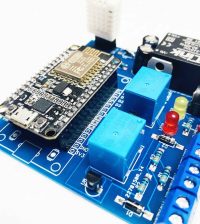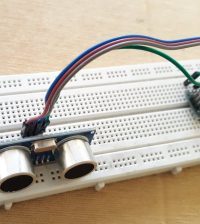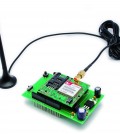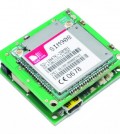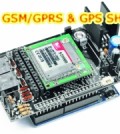- makeITcircular 2024 content launched – Part of Maker Faire Rome 2024Posted 2 weeks ago
- Application For Maker Faire Rome 2024: Deadline June 20thPosted 2 months ago
- Building a 3D Digital Clock with ArduinoPosted 7 months ago
- Creating a controller for Minecraft with realistic body movements using ArduinoPosted 7 months ago
- Snowflake with ArduinoPosted 8 months ago
- Holographic Christmas TreePosted 8 months ago
- Segstick: Build Your Own Self-Balancing Vehicle in Just 2 Days with ArduinoPosted 8 months ago
- ZSWatch: An Open-Source Smartwatch Project Based on the Zephyr Operating SystemPosted 9 months ago
- What is IoT and which devices to usePosted 9 months ago
- Maker Faire Rome Unveils Thrilling “Padel Smash Future” Pavilion for Sports EnthusiastsPosted 10 months ago
Intel Aero: Happy Hacking your Drone!
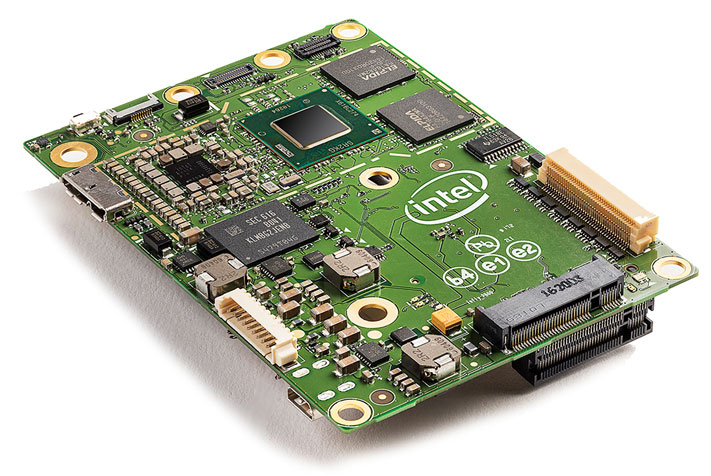
Most will want to use their new drone to fly and shoot videos. On the other hand, getting inside and customizing a drone will be of interest to many engineers and programmers. There are a number of options available, but today I’m going to speak about the Intel Aero Compute Board.
The Aero Compute Board is an open-source platform for building drones. It is designed to support a range of sensors, including the firm’s RealSense technology. The board is based on a quad-core, Atom x7-Z8750 processor with 4 GB of LPDDR3, 32 GB of eMMC flash, and a dual-band Wireless-AC 8260 with 802.11ac support using a 2×2 MIMO configuration. It includes MIPI CSI-2 camera interfaces. The board can be used for a range of robotic projects, not just in drones.
An example of what can be done with the Aero Compute Board is the Intel Aero Ready to Fly Drone. It is a quadcopter that integrates the Intel Aero Compute Board and a RealSense sensor.
The open-source platform runs Linux. The matching flight controller comes preprogrammed with Dronecode PX4 from the Dronecode and PX4 projects. PX4 autopilot is the core of the Dronecode project.
Developers do not have to start from scratch. There is the AirMap SDK that consists of a number of modules and interfaces, including the Pilot API, the Status API that supports geofencing, and the Flight API. The Flight API will support the Digital Notice and Awareness System (D-NAS).



